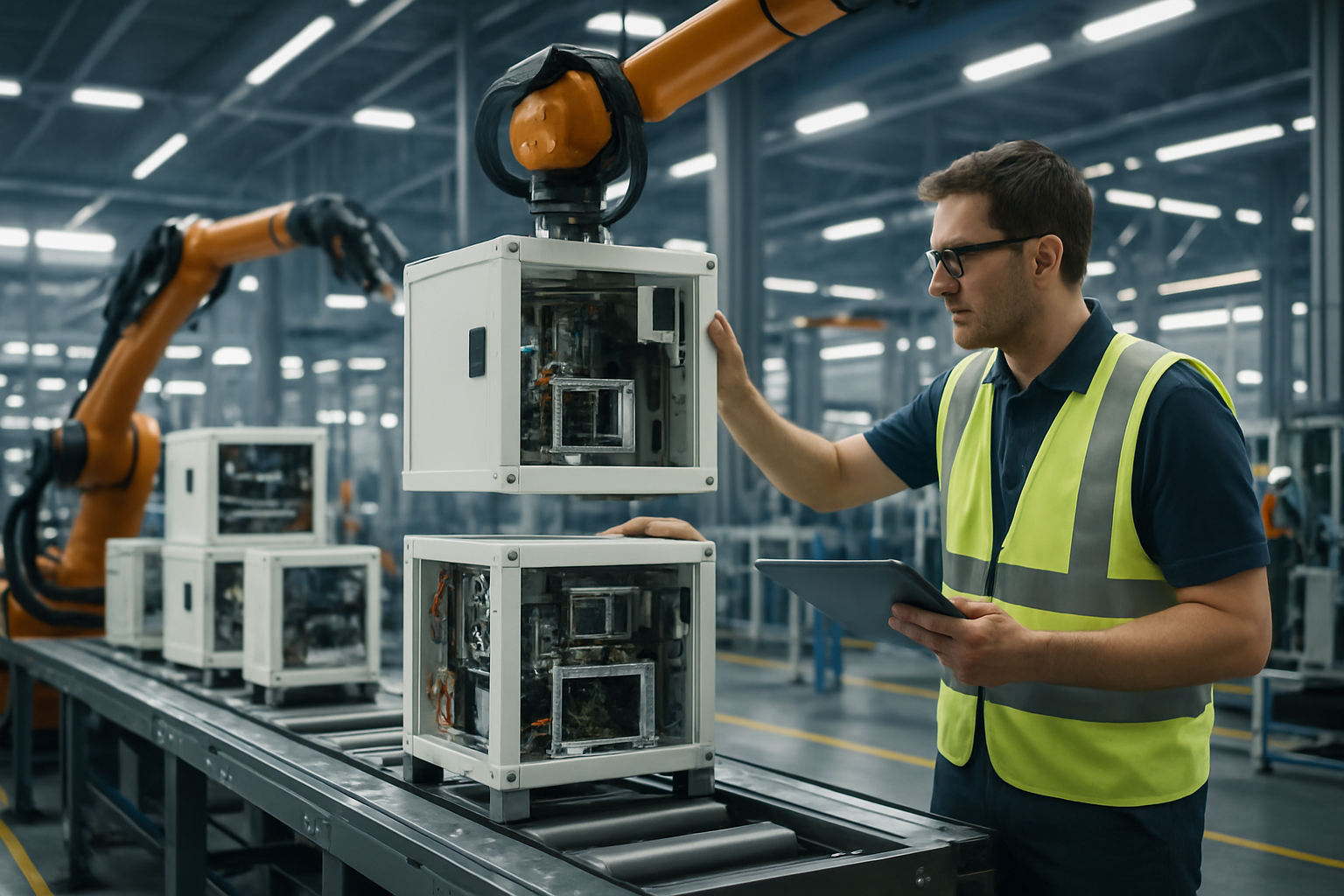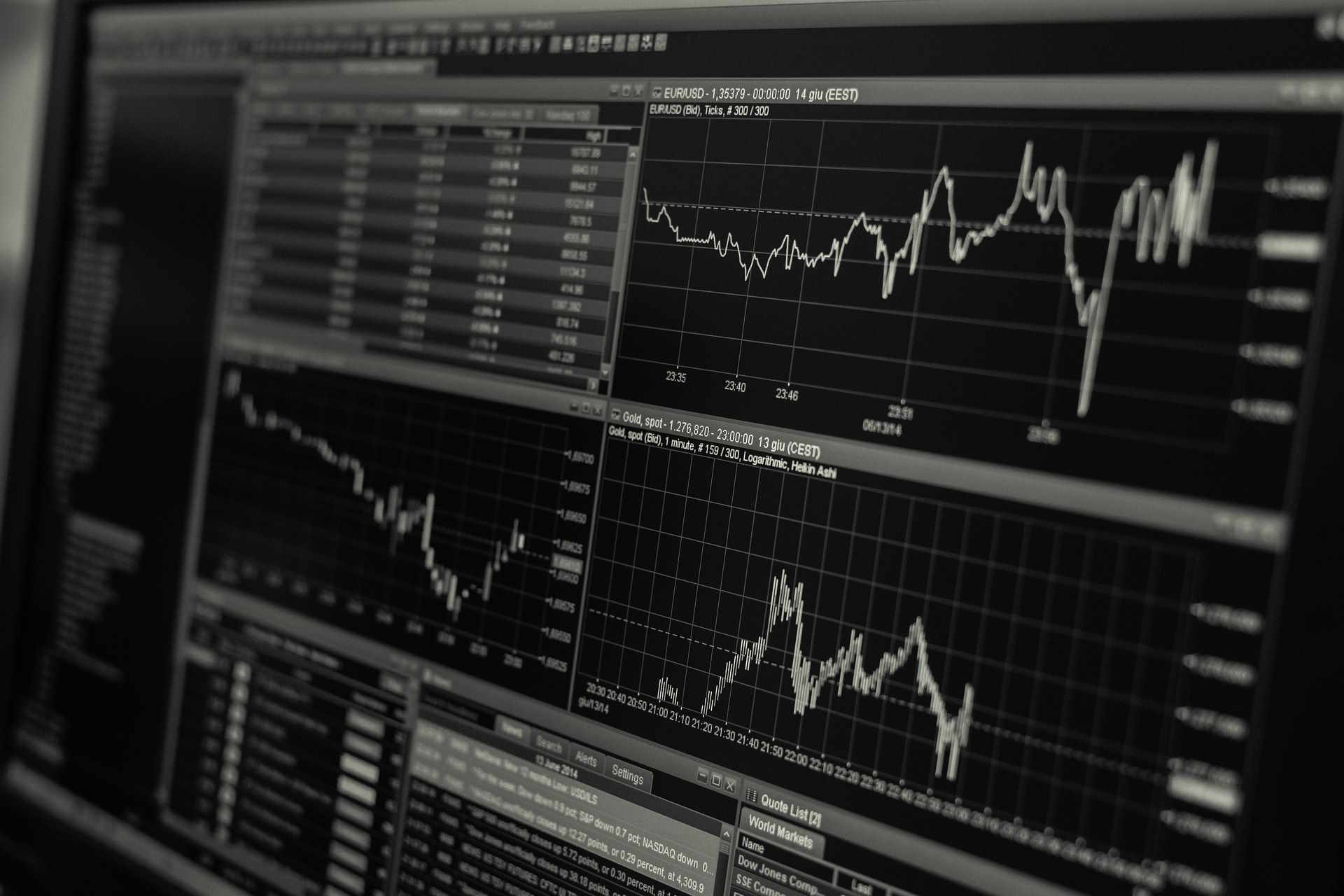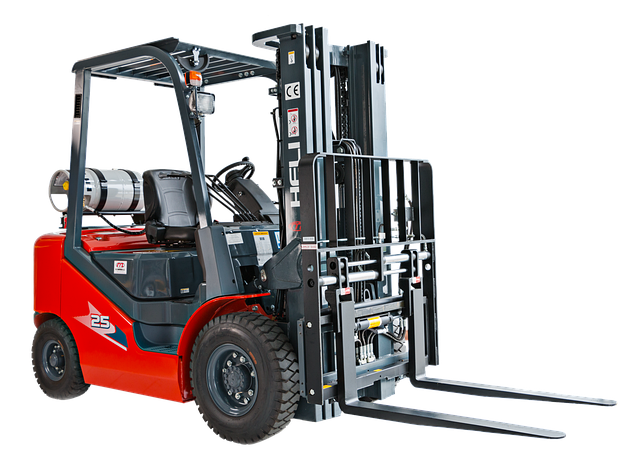A Complete Guide to Industrial Evaporative Air Coolers for Factories and Warehouses
Industrial evaporative air coolers are an efficient and cost-effective solution for maintaining comfortable temperatures in large spaces such as factories and warehouses. Unlike traditional air conditioning systems, these coolers use the natural process of water evaporation to lower air temperature, consuming less energy while providing consistent airflow. Ideal for industrial environments, they help improve worker comfort, protect equipment from overheating, and reduce operational costs, making them a smart choice for businesses seeking sustainable cooling solutions.

How Industrial Evaporative Air Coolers Work
Industrial evaporative coolers operate on a straightforward principle that has been used for centuries. The process begins when warm air is drawn into the unit through water-saturated cooling pads. As this air passes through the wet media, water evaporates and absorbs heat from the air, resulting in cooler air being discharged into the space. Unlike conventional air conditioning that uses refrigerants and compressors, evaporative coolers rely solely on water and a fan system.
The cooling efficiency depends largely on the humidity levels in the environment. These systems perform optimally in hot, dry climates where relative humidity is typically below 60%. In these conditions, the evaporation process occurs more readily, allowing for temperature reductions of 15-40°F. The cooling pads, typically made of cellulose or other specialized materials, are designed to maximize water surface area for optimal evaporation while filtering airborne particles.
Modern industrial evaporative coolers incorporate advanced features like water distribution systems that ensure even wetting of cooling media, high-efficiency motors, and adjustable airflow controls to maintain consistent cooling performance across large areas.
Key Benefits of Using Evaporative Air Coolers in Industrial Settings
Industrial facilities gain numerous advantages from implementing evaporative cooling solutions. Energy efficiency stands as perhaps the most compelling benefit—evaporative coolers typically consume 75-80% less electricity than comparable refrigerated air conditioning systems. This translates to significantly lower operational costs, especially critical for large-scale facilities with substantial cooling requirements.
Environmental considerations also favor evaporative cooling technology. These systems use no refrigerants or chemicals that could potentially damage the ozone layer or contribute to greenhouse gas emissions. They operate with just water and electricity, making them an environmentally responsible choice for businesses focused on sustainability.
Beyond cost and environmental benefits, evaporative coolers provide superior ventilation by continuously introducing fresh outside air rather than recirculating the same air. This continuous air exchange helps remove airborne contaminants, odors, and pollutants common in manufacturing environments. The increased airflow can also help mitigate heat generated by machinery and industrial processes, creating more comfortable working conditions that may improve employee productivity and satisfaction.
Additionally, these systems typically require less maintenance than conventional air conditioning, with simpler mechanical components and fewer potential failure points, resulting in reduced downtime and maintenance costs.
Choosing the Right Industrial Evaporative Air Cooler for Your Facility
Selecting the appropriate evaporative cooling system requires careful analysis of several facility-specific factors. The first consideration is the square footage and ceiling height of the space requiring cooling. Manufacturers typically specify cooling capacity in cubic feet per minute (CFM), and proper sizing ensures optimal performance without excessive energy consumption.
Climate assessment forms another crucial component of the selection process. While evaporative coolers excel in hot, dry environments, their efficiency diminishes as humidity increases. Facilities in regions with higher average humidity might need supplemental dehumidification or hybrid cooling solutions to maintain desired comfort levels.
Airflow requirements and distribution patterns should also guide your selection. Industrial spaces often contain equipment, storage racks, or partitions that can impede airflow. The placement of cooling units and the design of air distribution systems must account for these obstacles to ensure uniform cooling throughout the facility.
Water quality and availability represent important considerations as well. Evaporative coolers consume water continuously during operation, so access to an adequate supply is essential. Additionally, water with high mineral content may require treatment or more frequent maintenance to prevent scale buildup on cooling media.
Industrial Evaporative Cooler Options and Features
The market offers various evaporative cooler configurations to meet different industrial needs. Portable units provide flexibility for cooling specific zones or temporary workspaces, while fixed installation systems deliver consistent cooling for entire facilities. Some manufacturers produce roof-mounted models that save valuable floor space, and ducted systems that allow for precise airflow management.
Modern industrial evaporative coolers incorporate numerous features that enhance performance and user control. Variable speed drives adjust cooling output based on demand, while automated water management systems optimize water consumption. Many units now include programmable controls that allow for scheduled operation, temperature monitoring, and integration with building management systems.
| Evaporative Cooler Type | Best Application | Key Features | Approximate Price Range |
|---|---|---|---|
| Portable Industrial Units | Spot cooling, temporary spaces | Mobility, quick deployment, self-contained | $1,500-$5,000 |
| Fixed Installation Systems | Whole-facility cooling | Higher capacity, permanent solution, central control | $5,000-$25,000+ |
| Roof-Mounted Systems | Facilities with limited floor space | Space-saving, downward air distribution | $8,000-$30,000+ |
| Ducted Evaporative Systems | Precision cooling requirements | Targeted air delivery, flexible installation | $10,000-$40,000+ |
Prices, rates, or cost estimates mentioned in this article are based on the latest available information but may change over time. Independent research is advised before making financial decisions.
Maintenance Requirements and Best Practices
To ensure optimal performance and longevity of industrial evaporative coolers, regular maintenance is essential. Water quality management represents one of the most important maintenance tasks, as mineral deposits can accumulate on cooling pads and within the water distribution system. Implementing a regular cleaning schedule and using water treatments appropriate for your water quality can prevent scale buildup.
Cooling pads typically require replacement every 3-5 years, depending on water quality and operating conditions. Regular inspection for damage, algae growth, or mineral deposits helps determine when replacement is necessary. The water pump, fan motor, and belts should undergo inspection at the beginning of each cooling season and periodically throughout operation.
During periods of non-use, particularly in seasonal applications, proper shutdown procedures help prevent damage and extend system life. This includes draining the water system, cleaning components, and protecting the unit from environmental factors during the off-season.
Understanding these maintenance requirements and implementing preventive maintenance programs significantly reduces the risk of unexpected failures and extends the operational life of evaporative cooling systems, ultimately maximizing return on investment.




